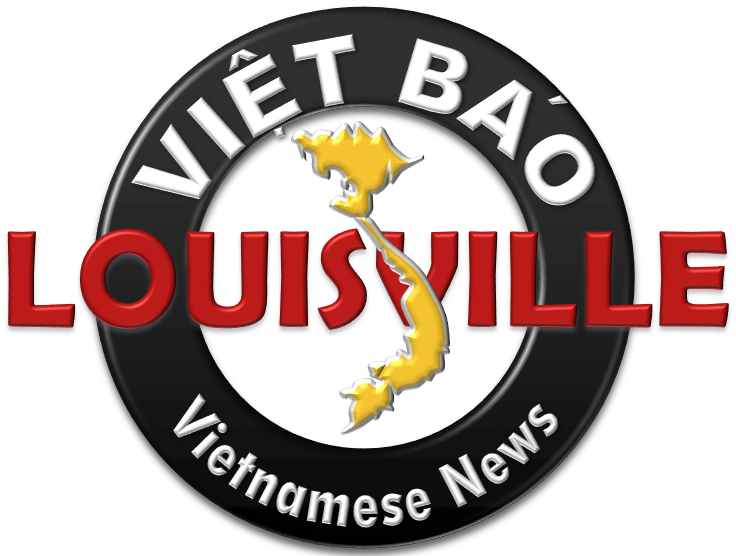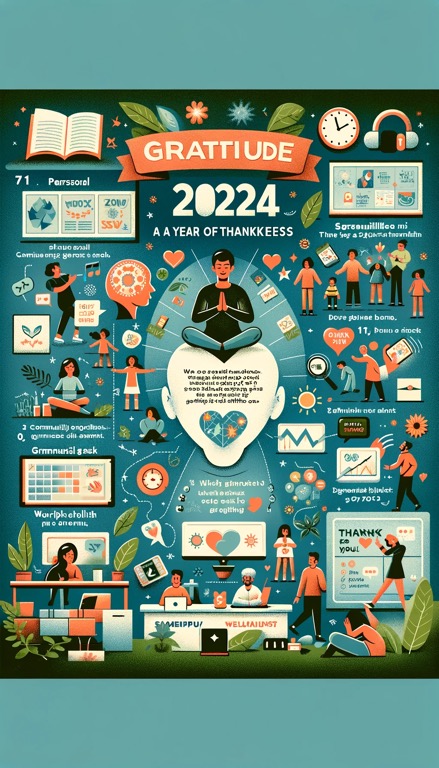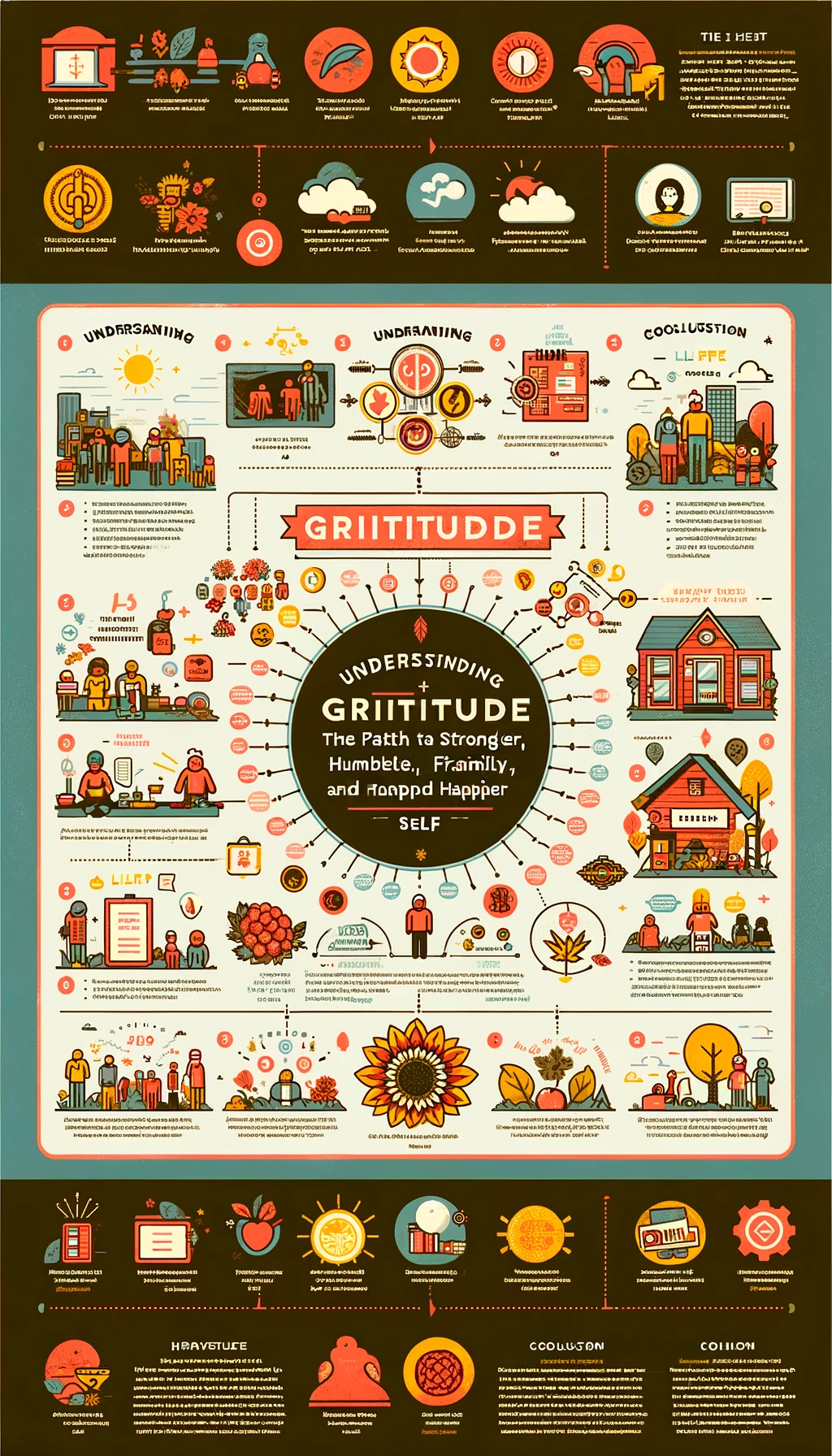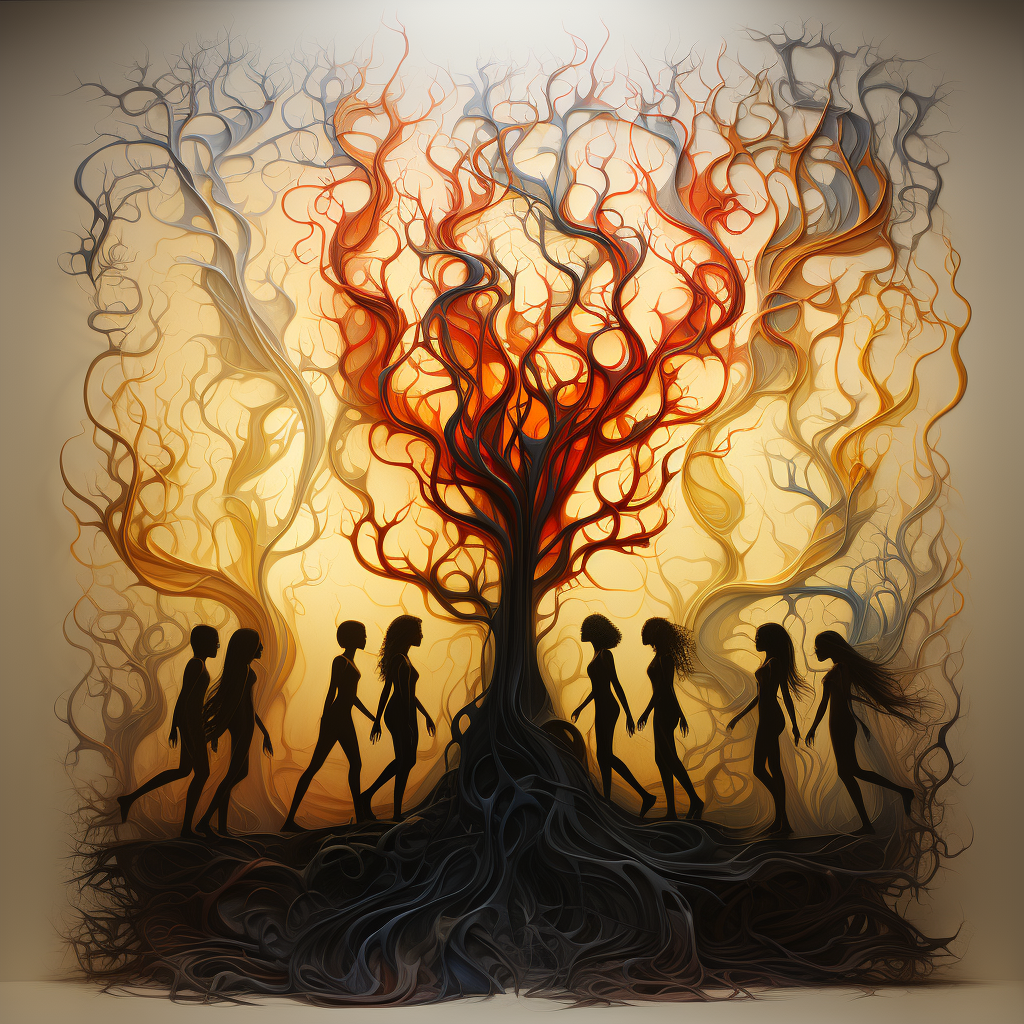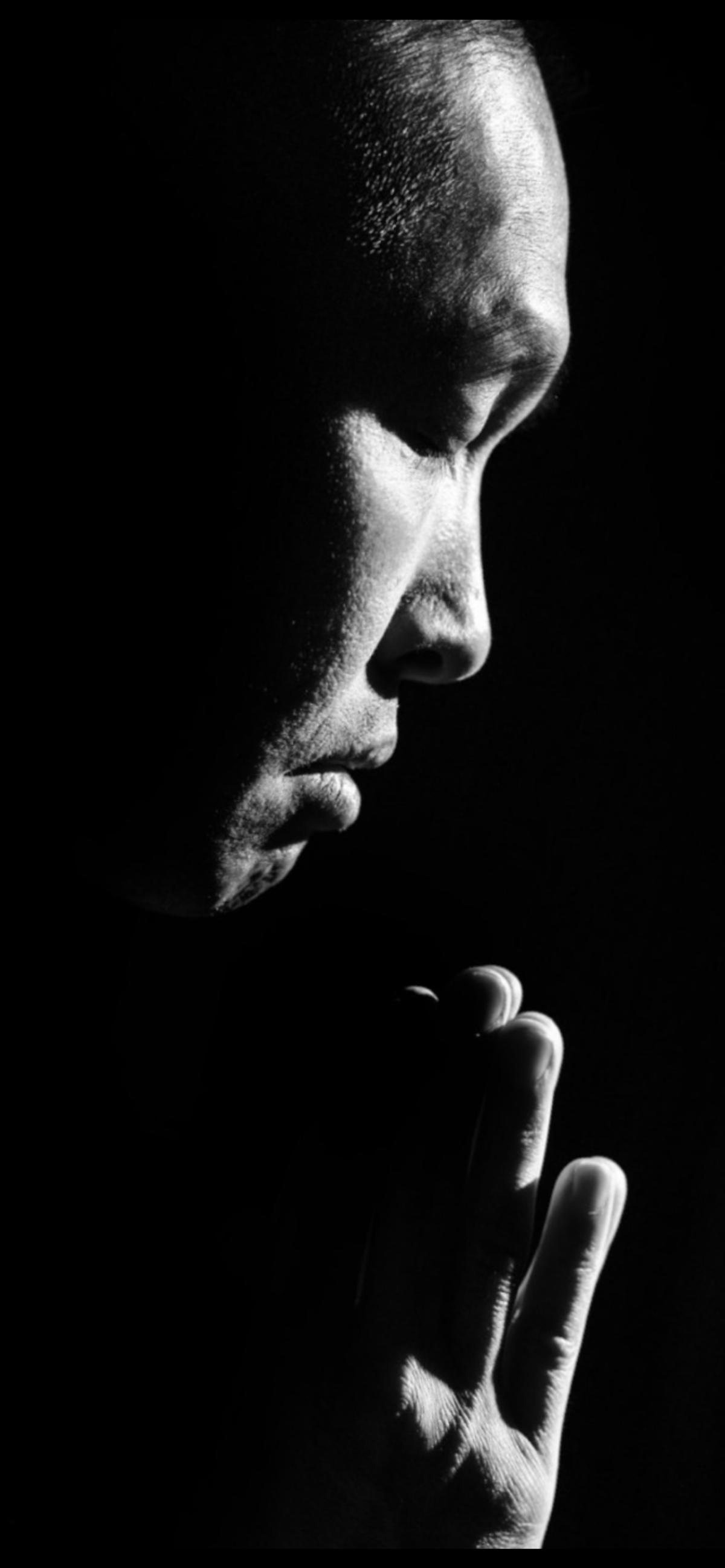In the journey of life, amid its complexities and challenges, the pursuit of happiness and fulfillment is universal. Yet, the essence of a beautiful and joyful life often lies in two fundamental principles: the love for people and things, and the nurturing of gratitude. These twin pillars, simple in their nature yet profound in their impact, can transform our lives into a tapestry of contentment and joy.
1. Love: The Heart’s Infinite Capacity
The first pillar, love, is a boundless force that connects us to the world around us. It’s not just the romantic love that often captures the spotlight, but a broader, more inclusive love. This encompasses love for family, friends, and even strangers; love for nature and animals; and love for our passions and pursuits.
When we open our hearts to love, we build bridges of understanding and empathy. We see the world not as a collection of strangers and objects, but as a community of beings and a canvas of experiences, all worthy of our affection and care. This perspective fosters deeper connections, enriches our experiences, and brings a sense of belonging and purpose.
2. Gratitude: The Art of Appreciation
Gratitude, the second pillar, is the conscious recognition and appreciation of what we have. It’s about focusing on the abundance present in our lives, rather than the absence. This practice goes beyond mere acknowledgment; it’s about cultivating an attitude of thankfulness for both the big and small things – a loved one’s smile, a beautiful sunrise, a job that provides, or even the simple fact of being alive.
The act of expressing gratitude shifts our focus from what we lack to what we possess. It fosters a positive mindset, reducing negative emotions like envy, resentment, and regret. Grateful people are more resilient, experiencing less stress and recovering more quickly from adversity.
Integrating Love and Gratitude into Daily Life
The beauty of these principles lies in their simplicity and the ease with which they can be woven into the fabric of our daily lives. It starts with small, intentional acts: telling someone you appreciate them, taking a moment to enjoy a natural scene, keeping a gratitude journal, or offering help without expecting anything in return.
As we practice these principles, they become second nature, creating a ripple effect that enhances not just our lives but also those around us. Our relationships deepen, our resilience strengthens, and our moments become filled with a deeper sense of meaning and joy.
Conclusion: A Journey Towards a Fulfilling Life
In conclusion, the essence of a beautiful and joyful life doesn’t lie in external achievements or material possessions, but in the simple yet profound acts of loving and being grateful. By embracing these twin pillars, we embark on a journey that enriches our existence, connects us more deeply with the world, and reveals the extraordinary in the ordinary. In the words of the poet Rumi, “Let the beauty of what you love be what you do.” When combined with gratitude, this love becomes a powerful force, making our lives as beautiful and joyful as they can be.
